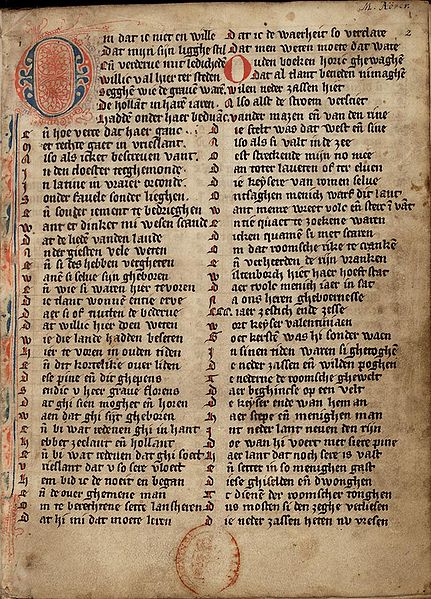
A few sources over the past week have picked up a story about DNA being extracted from very old parchment. Made from dried animal skin, parchment was a popular writing material in the ancient world and through Medieval times. The story reported last week was that researchers from North Carolina State University in Raleigh tested five pages from a 15th-century French manuscript and found genetic material from two closely related calves. Tim Stinson will be presenting the results of the research at the annual meeting of the Bibliographic Society of America on Friday. The hope is that identifying DNA from manuscripts of known origin could shed light on ancient trade routes or herding practices. Alternatively, comparing the DNA of manuscripts for which the date or source isn't known with others for which it is, might help provide clues as to their origin.
DNA has been extracted from old parchment before. One of the key studies was published in 2007 by Greek researchers including Yanis Bitsakis and Agamemnon Tselikas at the Centre for History and Palaeography in Athens. Bitsakis and Tselikas are experts in deciphering ancient lettering - they were both involved in reading the inscriptions revealed when the mysterious Antikythera mechanism was X-rayed in 2005. I visited them at the centre when researching Decoding the Heavens, and it's a lovely place, hidden in an Athens back street and filled with piles and piles of beautiful old books and manuscripts. While I was there they told me how they had teamed up with ancient DNA expert Nikos Poulakakis from the University of Crete to extract DNA from some of the collection. They were able to identify DNA from three Greek manuscripts dating from the 13th and 16th centuries AD, which turned out to come from three different goats.
The US and Greek researchers are now in contact. Bitsakis tells me they hope to build a database of DNA sequences from manuscripts, using Tselikas's collection as a starting point.